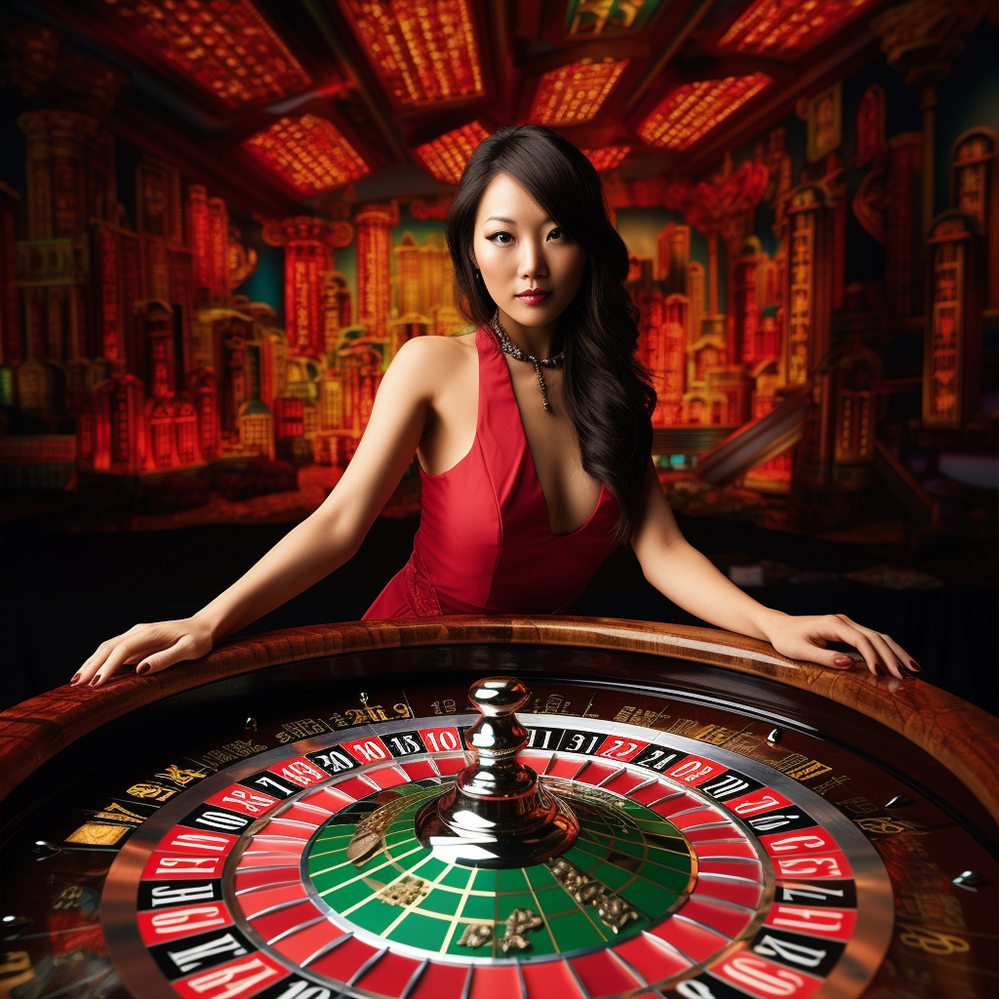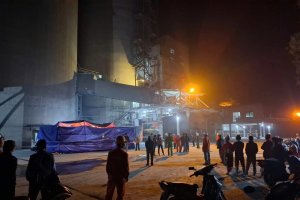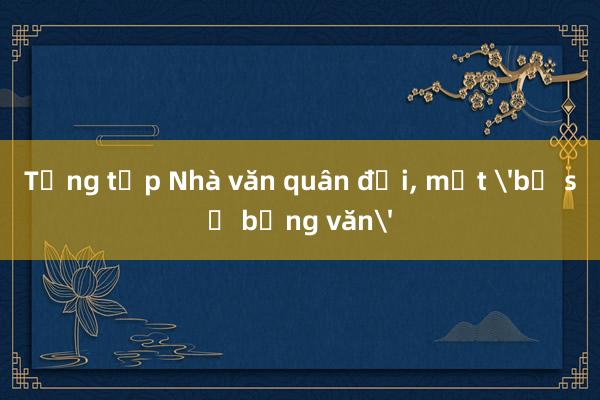Time in Manila
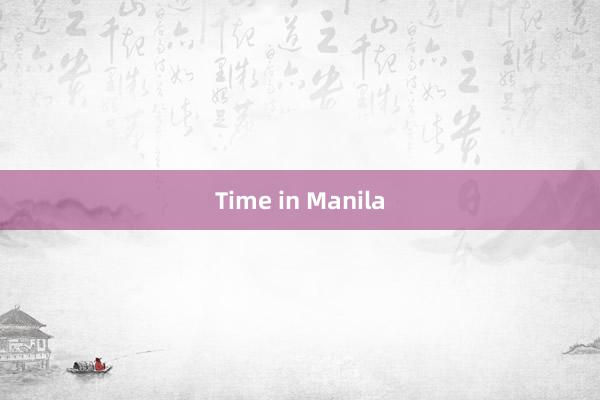
Manila, the bustling capital of the Philippines, is a city where the past and present coexist in a captivating blend of old-world charm and modern dynamism. To experience Manila is to embark on a journey through time, where each corner of the city tells a story of resilience, diversity, and transformation. From its colonial architecture to its bustling markets, from serene bayside views to vibrant nightlife, Manila offers a myriad of experiences that reflect its rich history and vibrant spirit.
Walking through the streets of Intramuros, the walled city that once served as the heart of Spanish colonial Manila, is like stepping back in time. The cobblestone streets, grand churches, and ancient fortresses evoke a bygone era. Here, you can explore the iconic San Agustin Church, the oldest stone church in the Philippines, whose baroque architecture and historical significance have earned it a place on the UNESCO World Heritage list. Nearby, the majestic Fort Santiago stands as a testament to the city’s turbulent past, having witnessed the imprisonment of the national hero, Dr. Jose Rizal, before his execution.
As you meander through these historical landmarks, it’s impossible not to feel the weight of history that Manila carries. Yet, the city is far from being trapped in the past. Just beyond the walls of Intramuros, the modernity of Manila reveals itself. Skyscrapers rise high against the skyline, symbolizing the city’s rapid development and its aspirations for the future. This juxtaposition of the old and the new is what makes Manila so fascinating.
The spirit of Manila is not just found in its architecture but in its people. Known for their warmth and hospitality, Manileños are always ready with a smile and eager to share their city’s treasures with visitors. One of the best ways to experience this hospitality is through the city’s food scene. Manila is a melting pot of flavors, where traditional Filipino dishes meet international influences. Whether you’re sampling street food like “taho” and “kwek-kwek” from a local vendor or dining in one of the city’s upscale restaurants, each bite tells a story of the city’s diverse culinary heritage.
A visit to the famous Binondo district, the world’s oldest Chinatown, offers a culinary adventure like no other. Here, centuries-old Chinese recipes blend seamlessly with Filipino flavors, creating a unique gastronomic experience. From the savory “pancit” noodles to the mouthwatering “siopao” buns, the food in Binondo is a testament to the harmonious coexistence of different cultures that has shaped Manila’s identity.
Yet, Manila is not just a city of history and food; it is also a hub of culture and the arts. The Cultural Center of the Philippines (CCP), located along Roxas Boulevard, is the epicenter of the country’s artistic endeavors. Hosting performances ranging from ballet and theater to contemporary art exhibitions, the CCP is a symbol of Manila’s thriving cultural scene. Nearby, the National Museum of the Philippines showcases the country’s rich heritage, from pre-colonial artifacts to modern art pieces, Idle game online offering a comprehensive view of the nation’s history and creativity.
As the sun sets, Pf777 rolet Manila transforms once again. The city’s vibrant nightlife comes alive in areas like Makati and Bonifacio Global City (BGC). Trendy bars, RP777 slot Domino APK clubs, and lounges cater to a diverse crowd, from locals winding down after a long day to tourists seeking to experience the city’s dynamic energy. Here, you can enjoy a cocktail with a view at one of the city’s many rooftop bars or dance the night away in a club playing the latest hits. Manila’s nightlife is as diverse as the city itself, offering something for everyone.
Beyond the urban hustle and bustle, Manila offers moments of tranquility and beauty that are often overlooked. The Manila Bay, with its famous sunset, is a sight to behold. As the day draws to a close, the sky is painted in hues of orange, pink, and purple, casting a serene glow over the water. A leisurely stroll along the Baywalk, a stretch of promenade along the bay, is a perfect way to unwind and take in the beauty of the city. Here, you’ll find families, couples, and joggers enjoying the cool breeze, street performers entertaining passersby, and vendors selling local delicacies.
go88.vin appFor those seeking a more serene escape within the city, Rizal Park, or Luneta, offers a green oasis in the midst of Manila’s concrete jungle. Named after the national hero, Dr. Jose Rizal, the park is a place of reflection and relaxation. It’s also the site of the Rizal Monument, a symbol of Filipino nationalism and pride. The park’s expansive lawns, ornamental gardens, and historical landmarks make it a popular spot for both locals and tourists. On weekends, the park comes alive with families having picnics, cultural shows, and various recreational activities, making it a vibrant testament to Manila’s love for life and community.
A short drive away, the sprawling campus of the University of Santo Tomas (UST), one of the oldest universities in Asia, is another testament to the city’s rich history and educational legacy. The university’s centuries-old buildings, tree-lined avenues, and vibrant student life create a unique atmosphere that reflects Manila’s blend of tradition and progress.
Manila’s shopping scene is another aspect that shouldn’t be missed. From the bustling markets of Divisoria, where you can find everything from textiles to electronics at bargain prices, to the upscale malls like Greenbelt and SM Mall of Asia, the city caters to all kinds of shoppers. Divisoria, in particular, is a chaotic yet fascinating experience, where haggling is the norm, and the sheer variety of goods is overwhelming. In contrast, the malls offer a more relaxed shopping environment, with high-end boutiques, international brands, and a wide array of dining options. For a taste of local art and craftsmanship, the Silahis Center in Intramuros is a must-visit, showcasing handcrafted Filipino products from different regions of the country.
No exploration of Manila would be complete without mentioning its religious landmarks. The Minor Basilica of the Black Nazarene, located in Quiapo, is a significant religious site for many Filipinos. Every year, millions of devotees participate in the Feast of the Black Nazarene, hoping to touch the miraculous statue of Christ carrying the cross. This display of faith and devotion is one of the most powerful expressions of the city’s cultural and religious identity.
Equally important is the Manila Cathedral, a grand structure that has withstood wars, earthquakes, and typhoons. Located in Intramuros, the cathedral is a symbol of Manila’s resilience and faith. Its stunning architecture, with intricate stained glass windows and grand arches, makes it not only a place of worship but also a testament to the city’s historical and cultural significance.
As you navigate through the different facets of Manila, it becomes clear that this city is more than just a gateway to the Philippines; it is a destination in its own right. Each district, each street, and each building has a story to tell, a glimpse into the soul of a city that has endured and thrived through centuries of change.
In essence, time in Manila is a journey through contrasts – from its colonial past to its cosmopolitan present, from its serene parks to its bustling markets, from its historical landmarks to its modern skyscrapers. It is a city that embraces its history while marching confidently towards the future. To spend time in Manila is to be a part of this dynamic tapestry, to experience the warmth of its people, the richness of its culture, and the vibrancy of its spirit. Whether you’re visiting for a day or staying for a lifetime, Manila is sure to leave an indelible mark on your heart.
Jili Jackpotwww.channigeria.org
Tin tức mới nhất
-
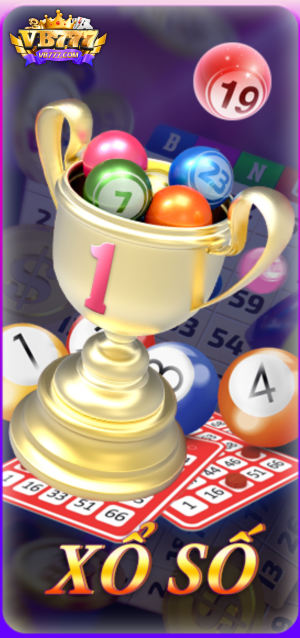
- Nameless Skate Shop
- 02-04

- Đọc thêm
-

- 12-27

- Đọc thêm
-

- 12-20

- Đọc thêm
-
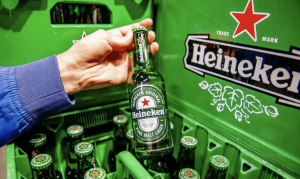
- 01-04

- Đọc thêm
-

- 12-24

- Đọc thêm
-

- 12-20

- Đọc thêm


